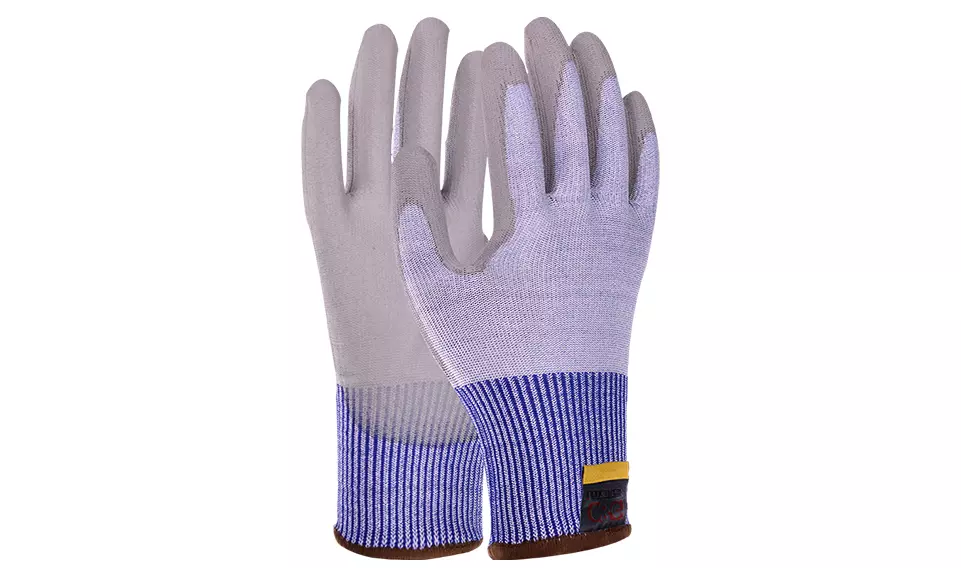
How to use anti-cut gloves correctly?
Anti-cut gloves are a kind of hand protection equipment specially designed to protect hands from cutting injuries. The correct use of anti-cut gloves is an important step to ensure work safety. Here are some key usage methods and precautions:
1. Choose the right anti-cut glovesChoose the right size: The gloves should be of appropriate size, neither too tight nor too loose. Too tight gloves will restrict blood circulation, causing hand fatigue and discomfort; too loose gloves are inflexible and easy to fall off.
Ensure sufficient protection: According to the needs of the working environment, choose anti-cut gloves with sufficient protection. For example, in an environment that requires a high level of cut resistance, steel wire anti-cut gloves should be used instead of synthetic yarn anti-cut gloves.
2. Pay attention to the occasion of useAvoid using in places or instruments with electricity: Anti-cut gloves are not designed for an electric environment. When using, avoid wrapping around wires or instruments to prevent electric shock or entanglement.
Understand the limitations of gloves: Although anti-cut gloves can effectively prevent cuts from sharp blades such as knives, they are not anti-cutting, anti-stabbing, and anti-cutting. Therefore, when facing hard objects such as nails and knife tips, you still need to be careful.
3. Correct wearing and removalCheck before wearing: Before wearing, check whether the gloves are damaged or worn to ensure the integrity of the gloves.
Correct wearing: Wear the gloves flat on your hands to ensure that the fingers and palms are completely covered by the gloves.
Pay attention to the removal method: When removing gloves, be careful to avoid harmful substances on the gloves from contacting the skin and clothes to cause secondary pollution.
4. Regular maintenance and replacementRegular cleaning: Use soapy water (50℃) or boiled water (50℃) mixed with cleaning liquid to clean the gloves regularly to keep the gloves clean and hygienic.
Avoid hard object knocking: When cleaning, do not knock the gloves with hard blocks to avoid damaging the anti-cut performance of the gloves.
Timely replacement: During use, if the gloves are found to be damaged or worn, especially when the small holes in the gloves exceed 1 square centimeter, new gloves should be replaced in time.
5. Other precautionsAvoid using when repairing thorny flowers and plants: Since anti-cut gloves may be made of materials such as steel wire, there are many dense small holes that may allow thorns to pass through, so they should not be used when repairing thorny flowers and plants.
Safe storage: Gloves that are not in use temporarily should be stored in a safe place to avoid loss or damage.
In summary, the correct use of anti-cut gloves requires choosing the right size and type, paying attention to the occasion of use, wearing and removing correctly, regular maintenance and replacement, and following other relevant precautions. These measures will help improve work safety and protect hands from cutting injuries.












